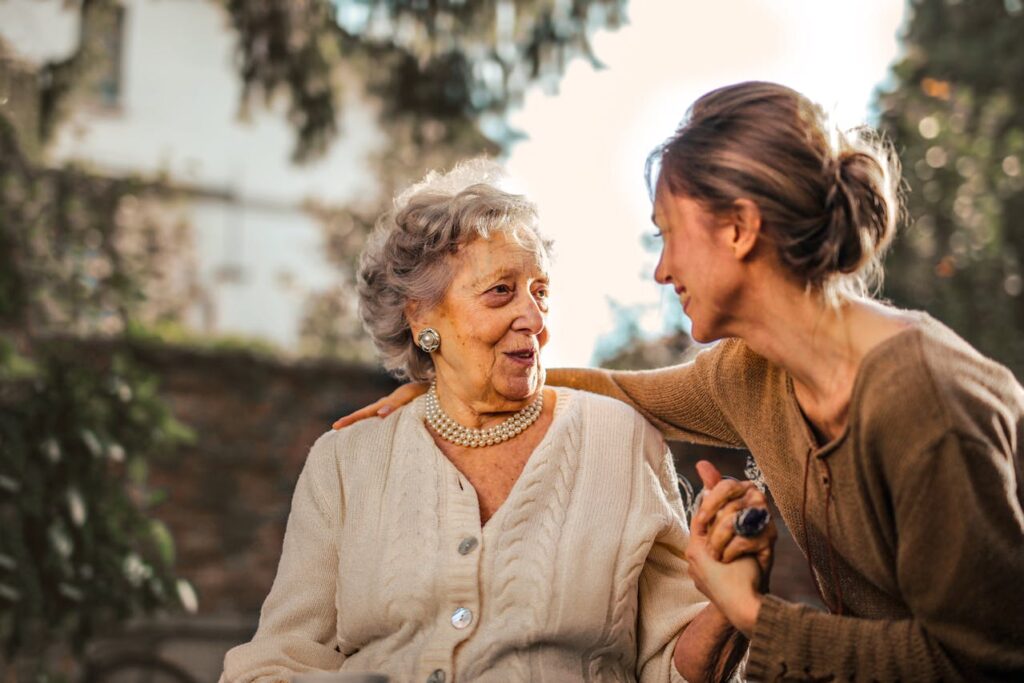Step-by-Step Emergency Food Planning
Step-by-Step Emergency Food Planning When thinking about how to keep your long-term food storage, consider the kind of emergency you’re likely to encounter. If you live in an earthquake zone, you probably won’t want a bunch of glass jars on a high shelf in your pantry. If you live in a flood zone, storing your food supply in cardboard boxes on a ground floor probably isn’t your best bet. And if you think you might have to evacuate, you’ll want to avoid heavy cans. Once you’ve chosen a smart spot for your food storage, it’s time to plan what you’ll put in it. If they’re old enough, get your kids involved in the process. Water Store at least one gallon of water per person per day. No, you’re not going to chug a full gallon each day—you’ll also need water for cleaning and cooking. To store your water, avoid clear containers and keep your water containers away from sunlight to avoid bacteria growth. Store water in a dark, cool place, like in the back of a pantry. Some temperature fluctuations are okay, but keep water storage containers off cement floors. Plastic can absorb odors and chemicals, and you really don’t want to be drinking the stuff that’s on your garage floor. Food Instead, choose snacks and recipes that you and your family already enjoy, and ask yourself these questions: Can you store it without refrigeration? Can you eat it without cooking it? Is it easy to prepare? (Keep in mind that you can make shelf-stable substitutions for many fresh items that you might typically use in a recipe, like powdered milk or canned meat.) If the answer to each of these questions is “yes,” then add it to the list for your emergency food storage. Emergencies are stressful, and familiar foods are the perfect place to start. The fewer surprises you have in a disaster situation, the better. As you decide what to buy, think about dietary needs. Try to strike a good balance between carbohydrates, fruit and vegetables, protein, and dairy, and consider any dietary restrictions that you or family members have. The last thing you need in an emergency is someone getting sick. And don’t forget to make a food plan for babies and pets! Food safety Think ahead: before disaster strikes, freeze a jar of water and put a coin on top of the ice. If your power goes out and you’re not sure how long it’s been out, check the coin in the jar. If the coin is where you left it, the ice stayed frozen, which means that your food did too. But if the coin is at the bottom of the jar, even if the water has re-frozen, it means the power was out long enough for the water to melt. That means your food didn’t stay frozen either, so it’s not safe to eat. If you know when the power went out, set a timer for four hours from the blackout. That’s how long your fridge will stay cold enough to preserve your food, as long as you don’t open it. If you’re not sure, check your refrigerator’s thermometer. It will still keep working even without power, and as long as it’s below 40 degrees Fahrenheit, the food is safe to eat. Try to avoid opening the fridge as much as possible to keep the cold air in, and store food closer together to help it stay cold longer. It’s smart to know where to buy dry ice in case of a power outage, because 25 pounds of dry ice can keep your fridge cold enough for food preservation for two to four days. Just make sure to use thick gloves when handling dry ice, and keep your vehicle well ventilated when transporting it. Emergency food safety isn’t limited to items in your fridge and freezer—despite the name, nonperishable food can also perish, and you can too from eating it if you’re not careful. Don’t eat food from cans that are damaged (rusted, swollen, dented, etc.) even if the food inside looks okay. Store all your food in airtight containers to keep it safe from rodents and other pests. Dry canned food will be good for only 10–15 days after it’s been opened.


